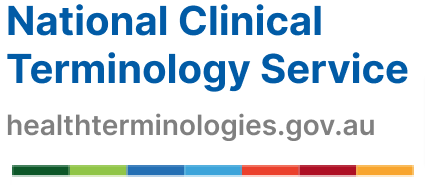Mapping considerations
SNOMED CT supports the transfer of information between clinical systems. Many implementers may develop and use maps to SNOMED CT. While there is increasing use of maps, they must have a defined purpose and processes in place to maintain them.
Why map?
There are many code sets used in health that were developed for specific purposes. Often a map is applied between code sets so that different systems can communicate with each other. Other uses for maps include
- converting clinical data to a statistical classification for reporting
- unifying data from several sources to a single code set for research
- migrating from obsolete systems
SNOMED CT supports these uses as a reference terminology. We also publish maps and provide tools to assist with mapping implementations. Please contact the NCTS for further guidance.
What do you need to consider when mapping?
There are potential impacts on clinical safety risks when applying maps. Clinical systems may define content in different ways and a map between them may lead to subtle changes or loss of meaning. Managing risks should form part of the mapping process.
Mapping is not a simple task. It requires many resources and so it is expensive to create and maintain maps. Unless you are mapping to migrate data, it is not a one-off exercise. The development and maintenance of a map requires:
- clear use case and purpose
- commitment of resources
- use of tools
- documentation and other guidance material
- a consistent and repeatable process
More information
SNOMED CT-AU Mapping Guidelines

